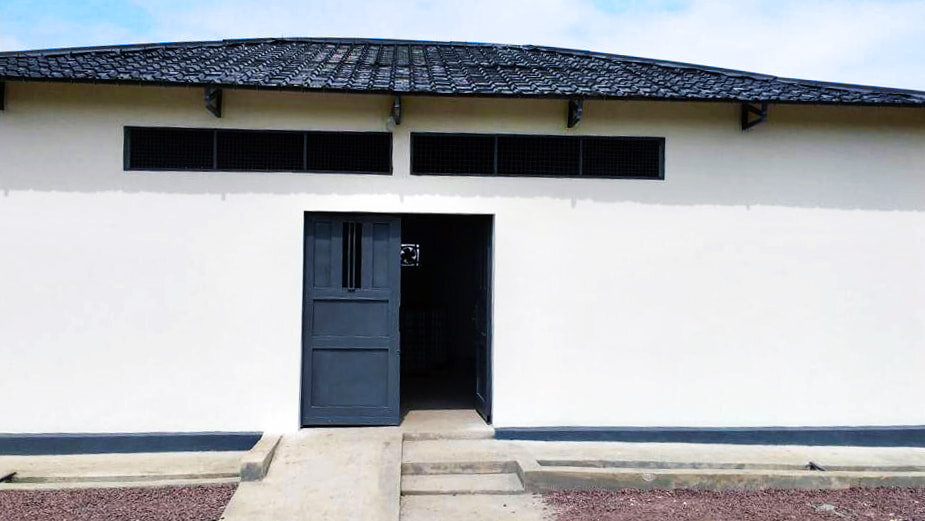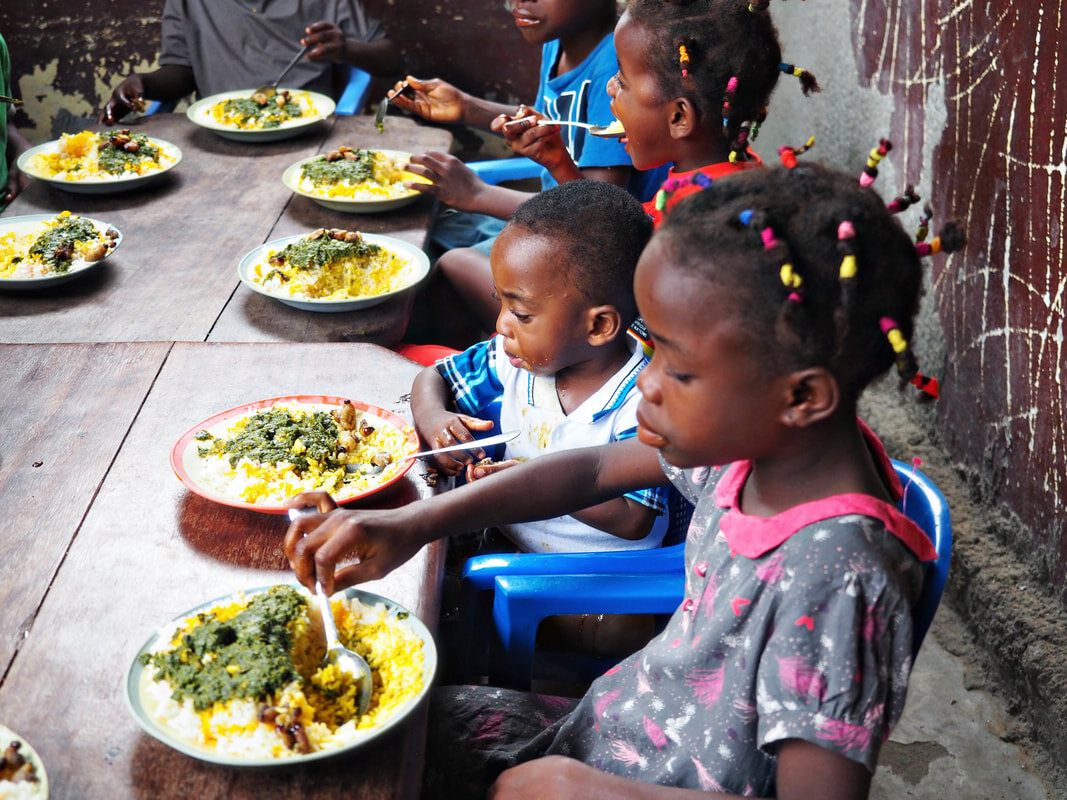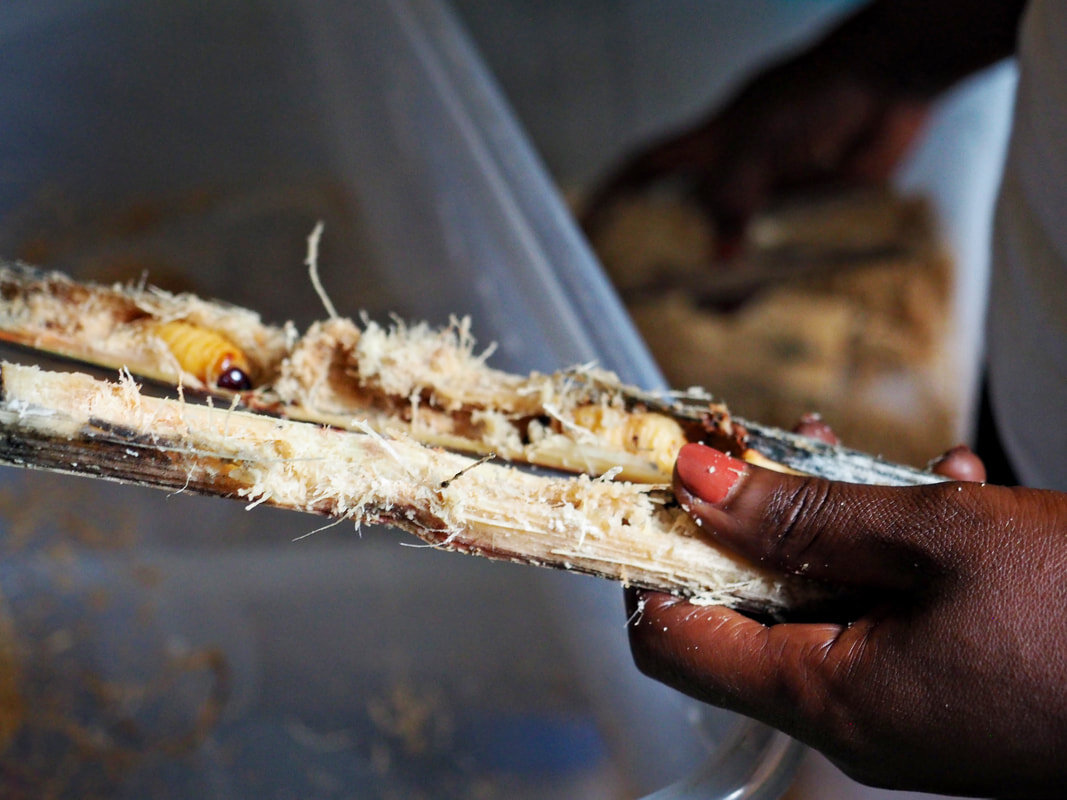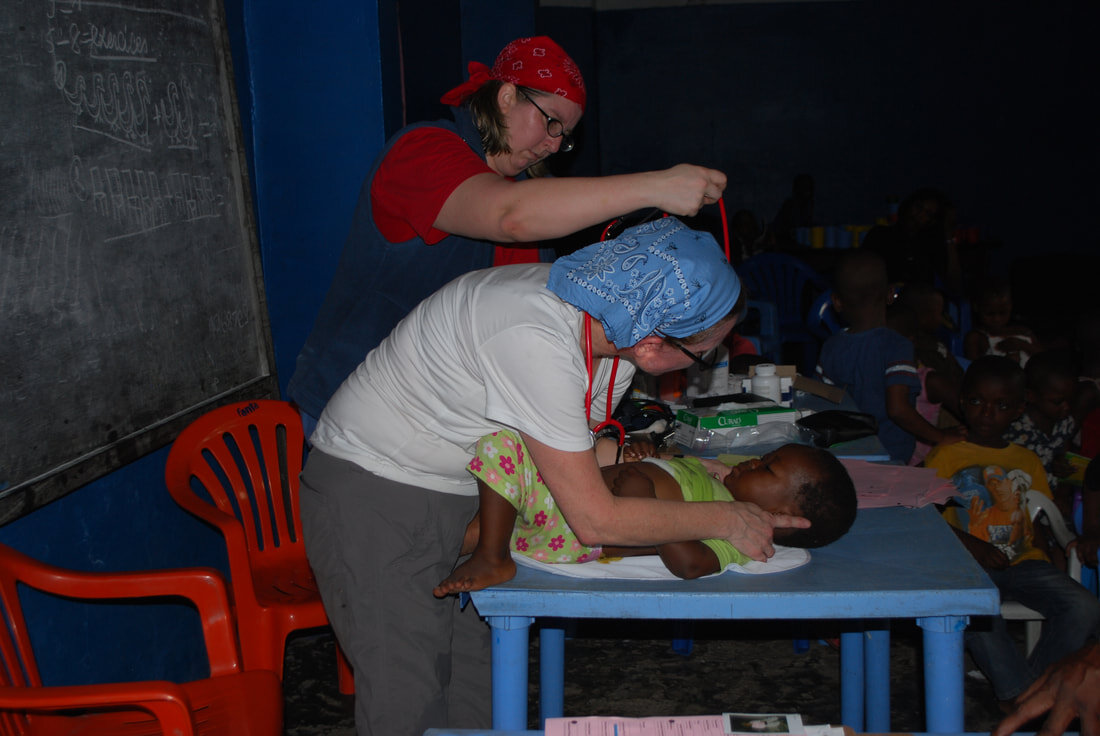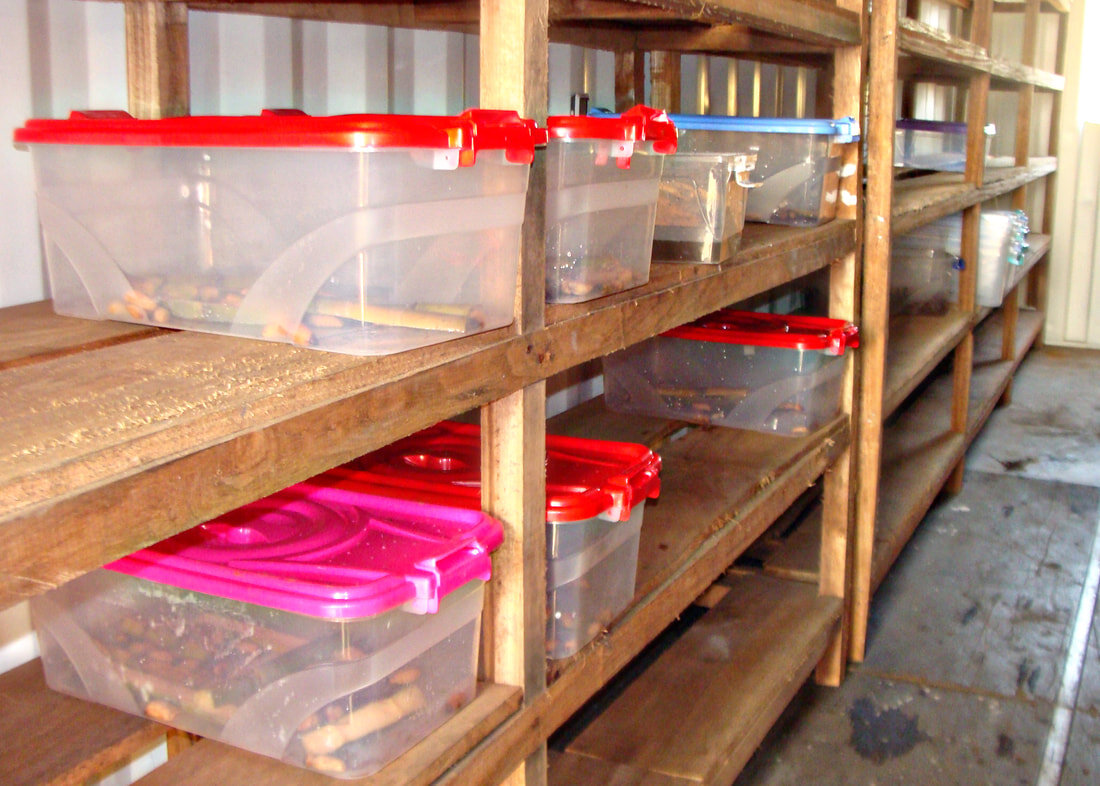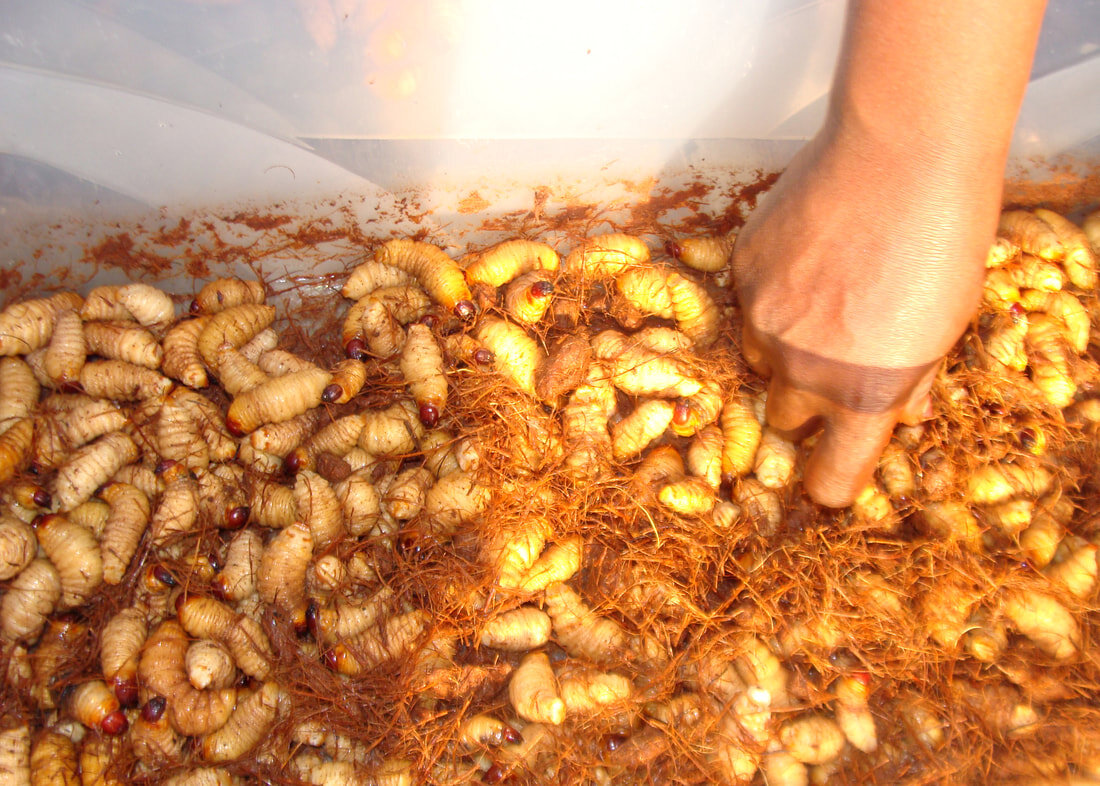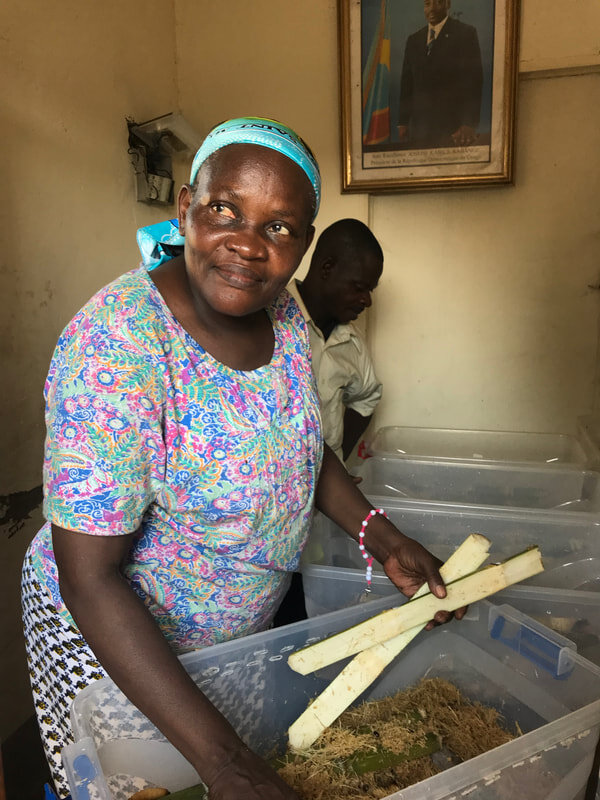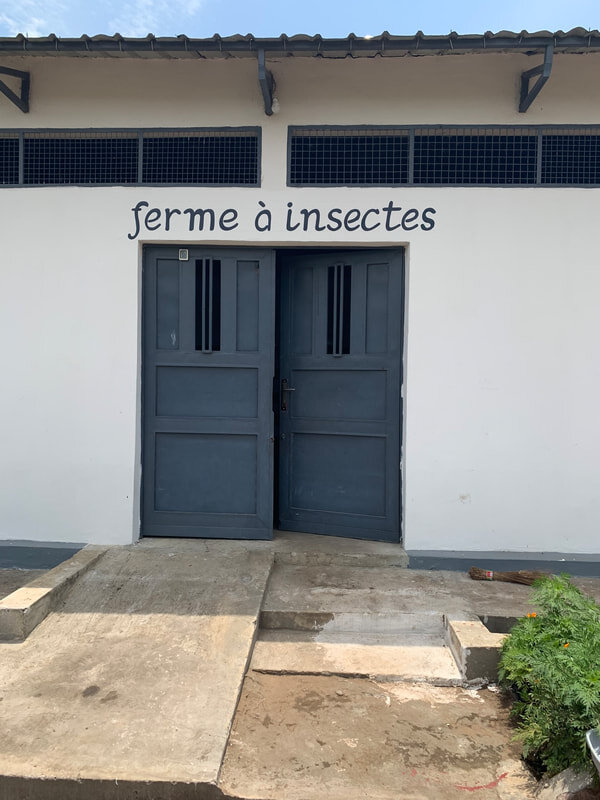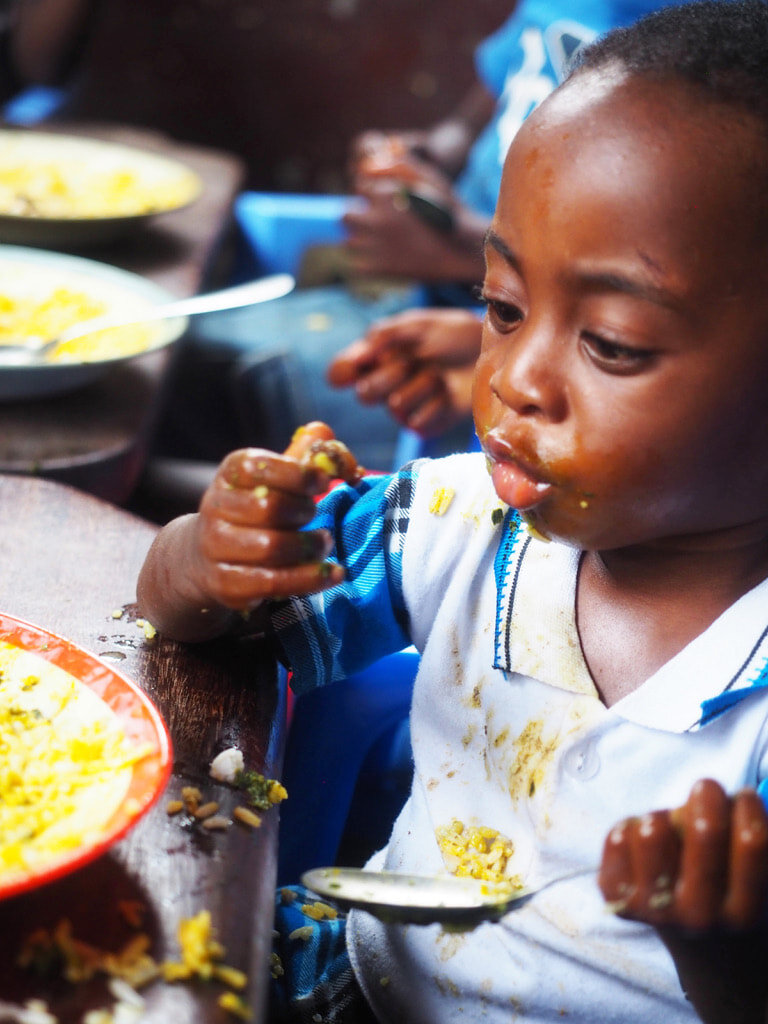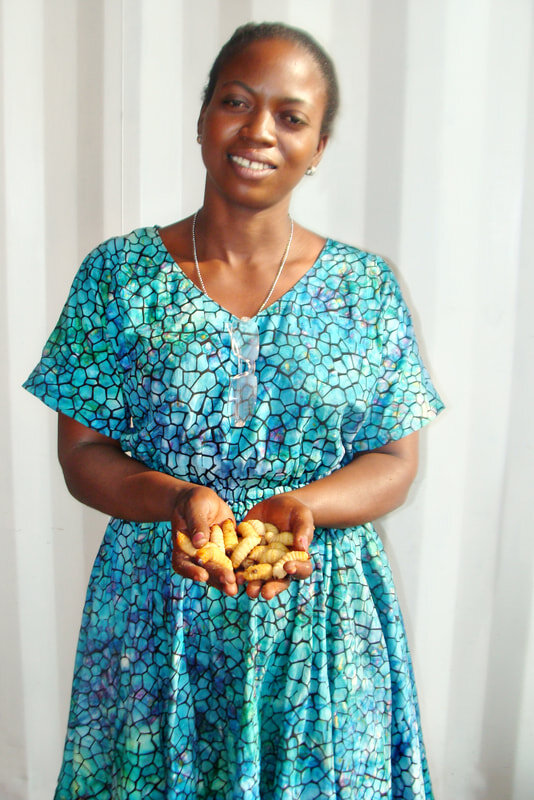Palm Weevil Larvae: The Other Other White Meat
The world’s population is expected to reach 9 billion by the year 2050. That’s a lot of mouths to feed, and we’re not doing a great job with the mouths we already have – 10% of the world’s population suffered from chronic undernourishment in 2016. In Democratic Republic of Congo (DRC), malnutrition is especially prevalent, and deadly. One in seven children will die before the age of five, and 50% of those deaths are due to malnutrition. DRC, and the world at large, is searching for sustainable solutions not simply to a lack of food, but a lack of nutritious food.
That’s why in 2014, Global Orphan Foundation started a nutrition program. We partnered with two orphanages in DRC to provide funding for a weekly visit by a nurse and a monthly visit by a doctor to monitor and aid the physical development of the children at the orphanages. At the time, 60 to 70% of the children were malnourished. We began by supplementing the kids’ diets with Plumpy'nut, a vitamin-enriched food with a taste and texture like that of peanut butter. Plumpy'nut aims to take a malnourished child up to a healthy weight within 90 days, however, it was designed for use in a traditional home environment. In an orphanage setting, we found that the process was taking closer to 6 months.
Additionally, we wanted to steer this program in a direction where any orphanage we worked with could be self-sustaining and keep a nutrition program going if we were to back away to serve others. To get our partner orphanages to a place where they didn’t rely on us to continuously bring in a supplement in order for them to thrive. We knew it was time to change strategies … That’s a big shift and a lofty goal. We wanted to shift from using resources to monitor and address malnutrition to creating autonomous and self-sufficient program that helps kids lead healthy lives and prevent malnutrition?
So, we started a farm.
An insect farm that is. GOF launched its first insect farm in 2017. After researching all our options, we decided that palm weevil larvae would be the best fit for us. They’re high in protein, good fats, minerals, fiber and amino acids (not to mention, tasty!). Those good fats help the kiddos to absorb the other nutrients in the palm weevil larva in addition to any other foods they’re eating. While palm weevil larvae is considered a delicacy in DRC, they are traditionally caught, not cultivated. You could say that insect farming is just catching on.
In fact, the United Nations has stated that insect farming just may be the cure to world hunger. From our standpoint, it provides a low-barrier opportunity for orphanages to simultaneously improve the diets of children in their care and provide a valuable source of income with the sale of excess yield. GOF is now working to expand its footprint. 2018 brought the launch of an 800 sq. ft. insect farm at Bolingo Village. The farm not only provides nutritious food for the children, it will also serve as a training center so partner orphanages can learn techniques and develop their own farms.
The cycle empowers orphanages to become self-sufficient and raise the standard of living for the children in their care. Last year, GOF trained five orphanages in the art of insect farming. More farms equals more food equals more healthy kids and more sustainable communities. All things we love!
